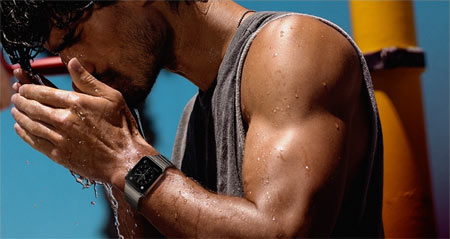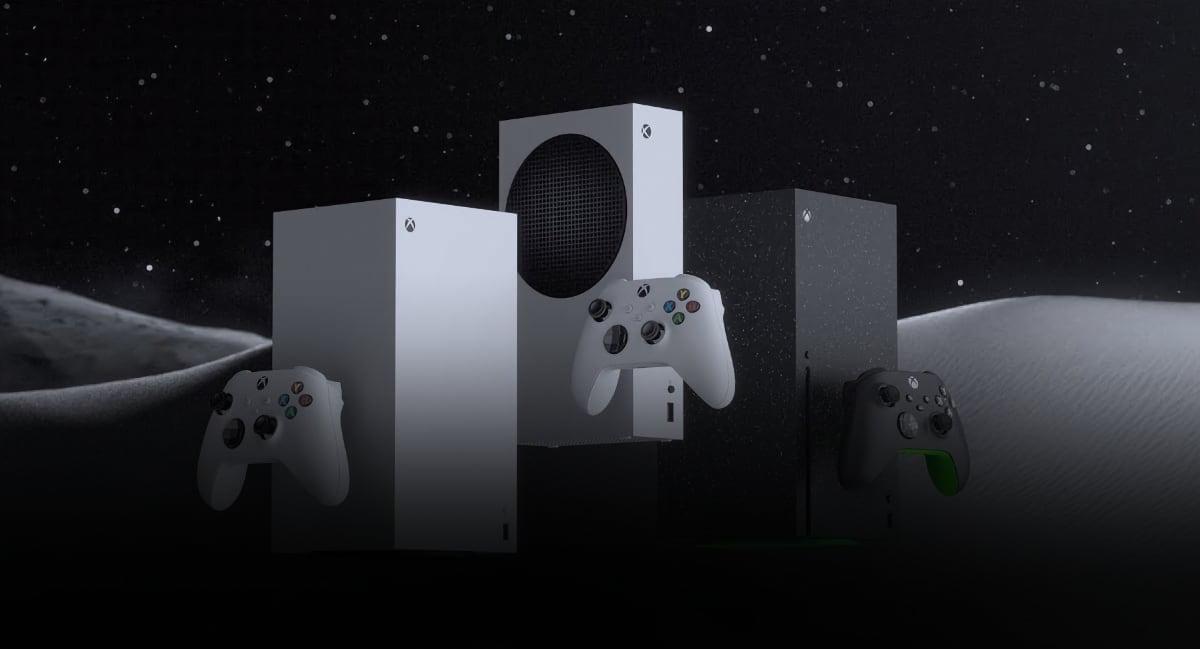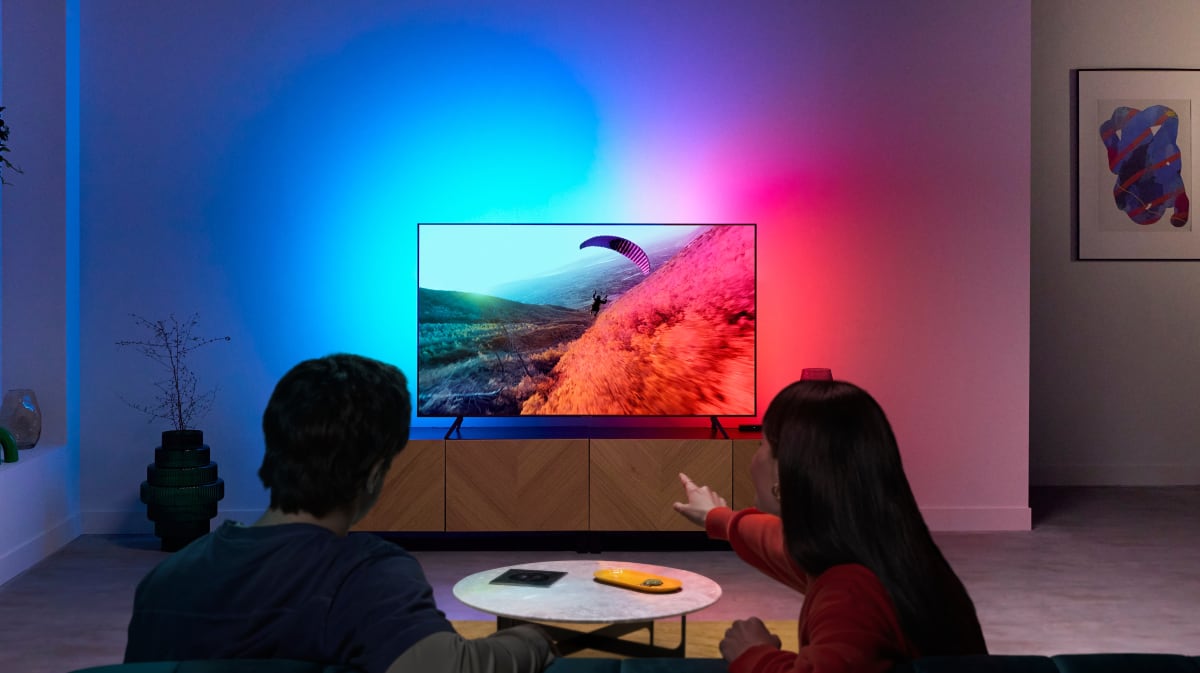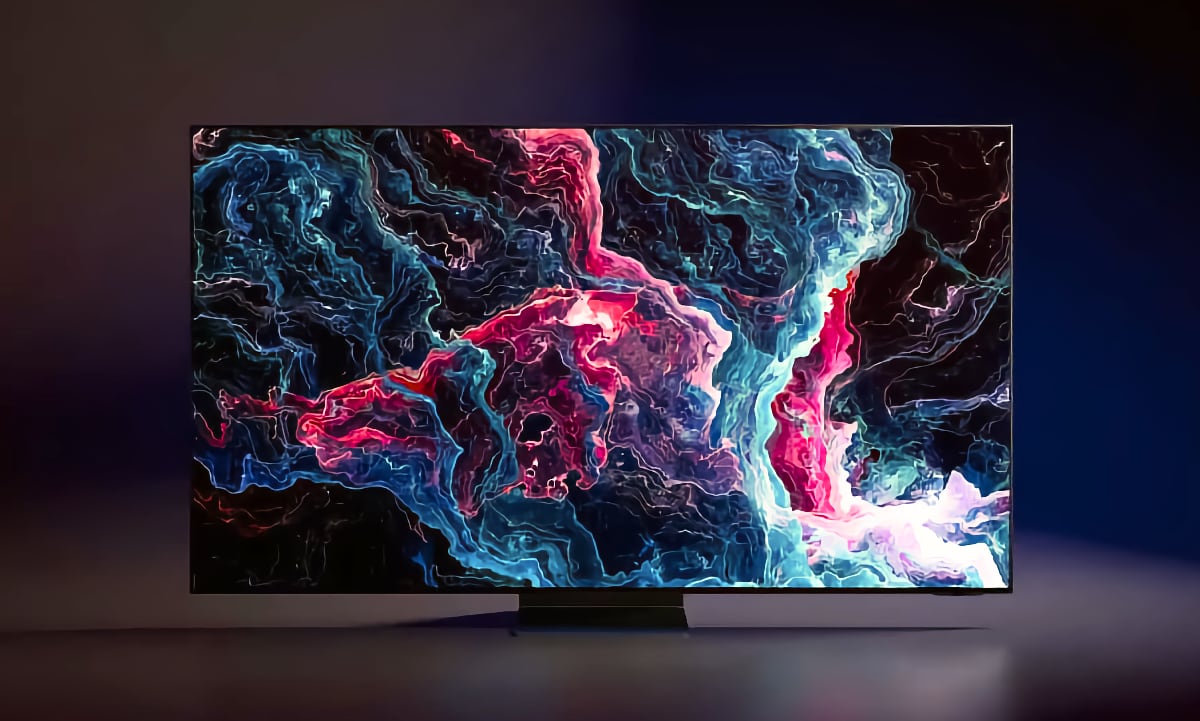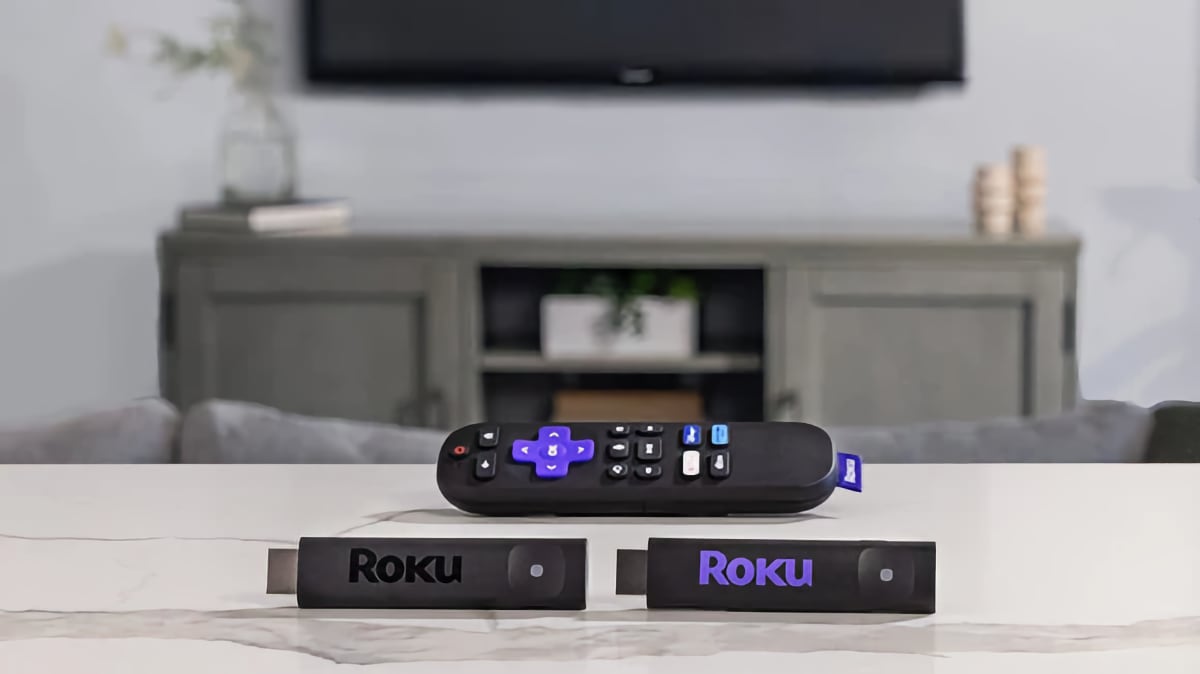We speculated that this might be the case last year and it has now been confirmed by several parties. Apple Watch is the first product from Apple to use OLED display technology.
The first Apple product with OLED
All other Apple products use LCD displays. The LCDs have become quite good following improvements in pixel density and the switch to IPS LCD. But OLED is the future.
Apple is using a flexible OLED display with a resolution of 272x340 pixels (290 ppi) in the 38mm watch and 312x390 pixels (302 ppi) in the 42mm watch. Apple is referring to it as a "flexible Retina Display". iFixit has taken a watch apart and examined the components here. They are not sure who is producing it but their best guess is LG.Display. It is our guess, too.
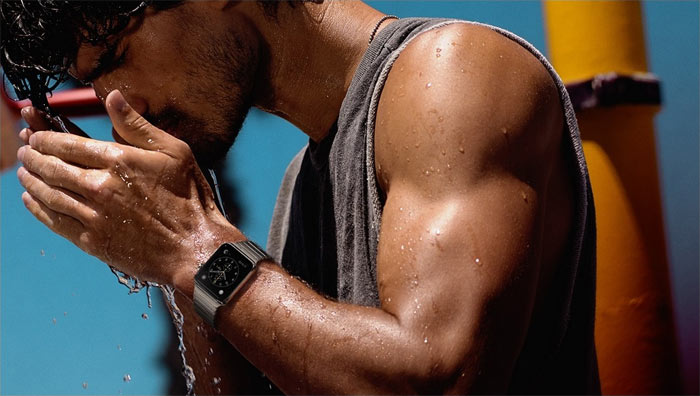
OLED technology is fundamentally different from LCD as OLED is self-emitting, whereas LCD requires some kind of backlight unit, typically LEDs. The nature of OLED makes it paper-thin and even flexible. Although the display in Apple Watch is flexible it is mounted as a flat display. There are still significant challenges associated with using flexible OLEDs when not encapsulated because OLED material reacts to oxygen and moisture.
OLED displays can also reproduce perfect blacks which is why it is almost impossible to tell where the screen and bezel meets on Apple Watch. OLEDs also consume very little power when displaying black as it is the passive state of the display.
OLEDs have been used in Samsung’s Galaxy phones for some generations now. Samsung has continued to expand production of small-size OLED displays but hit a wall when it tried to ramp up production for OLED TVs, forcing Samsung to halt plans. Samsung has recently begun producing flexible OLED displays and is ramping up production with Galaxy S6 Edge. LG is also ramping up production of flexible OLEDs and is currently the only manufacturer that is capable of producing OLED TVs at moderate costs.
Sapphire and glass
Dr. Raymond Soneira has had a chance to examine the steel version of Apple Watch. Along with the 18 carat Edition it uses sapphire glass, which is extremely scratch resistant. Sapphire measures 9 on the Mohs scale, surpassed only by a few other minerals such as diamond. Only these minerals can scratch sapphire.
Soneira found that the sapphire glass reflects more light than the strengthened glass in the Apple Watch Sport, making it a bit harder to see in direct sunlight. Viewing angles are also affected somewhat by the use of sapphire even though OLED displays have close to perfect viewing angles. Soneria measured the maximum brightness to 482 cd/m2 (not bad for OLED) and confirms that it can reproduce the entire sRGB color space, just like most phones, tablets, and PCs.
The fact that Apple uses an OLED display in Apple Watch is an important step in ramping up production capacity for the relatively new display type. It is estimated that pre-order for Apple Watch amount to 2-3 million. Together with Samsung’s efforts in mobile devices and LG’s efforts in TVs, OLED could finally reach the mass production scale that will bring costs down to LCD levels.
And perhaps Apple will start using OLED in other products, too.

